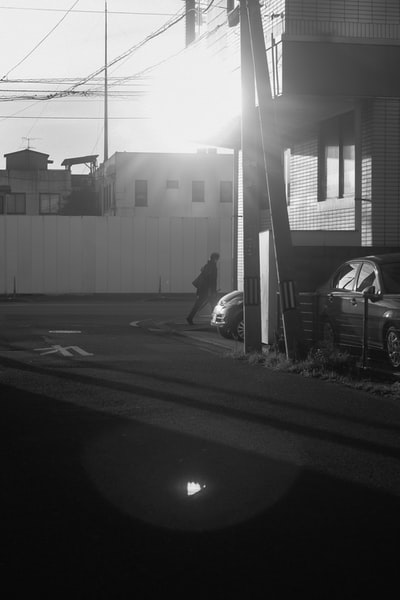A plane mirror is flat, a convex mirror bends outwards and a concave mirror folds inwards.
- The normal is the line which is perpendicular to the mirror.
- The angle of incidence which is between the incident ray and normal.
- The angle of reflection which is between the reflected ray and normal.
- The image reflected is the virtual image which can’t be projected off a screen.
- The distance between the principal focus and the mirror is called the focal length (f) of the mirror.
- Concave mirrors produce an inverted image which is formed by the reflected rays if the object is located beyond the principal focus.
- image magnification = image height / object height
- With convex mirrors light reflects outwards creating a wider view.
When light rays change direction this is known as refraction.
- If the light ray bends towards the normal, for instance if it travels from air into glass, then angle r is smaller than angle i.
- If the light ray bends away from the normal, for instance when it travels from glass to air, then angle r is bigger than angle I
- Change in speed means change in direction.
- Lenses work by changing the direction in which light is passing through it.
- A converging lens makes parallel rays converge to a principal focus. The point at which the parallel rays are focused is the focal point of the lens.
- A diverging lens makes the parallel rays spread out or diverge. The point from which the parallel rays seem to come from is the focal point of the lens.
- The distance between the middle of a lens and the its focal point, or principal focus, is its focal length.
- When the object is closer to the lens than the principal focus then the virtual image is magnified.
- The image produced by a converging lens is real, inverted and smaller than the object.
- Cameras use a converging lens.
- The image created by a magnifying glass is the same side as the object, upright and looks bigger than the actual object.
- The image created by a diverging lens is virtual, upright and smaller.
All vibrating objects produce sound waves.
- Sound waves are unable to travel through a vacuum and are longitudinal waves.
- Sound can be reflected off smooth wall to create an echo.
- Sound refraction is dependent on air temperature.
- When the sound produced increases in loudness, the amplitude increases.
- When the pitch of the sound increases the frequency of sound waves increases.
- Ultrasound is sound that can’t be heard by humans and is used for scanning the body and for industrial purposes.
 A plane mirror is flat, a convex mirror bends outwards and a concave mirror folds inwards.
A plane mirror is flat, a convex mirror bends outwards and a concave mirror folds inwards. When light rays change direction this is known as refraction.
When light rays change direction this is known as refraction.